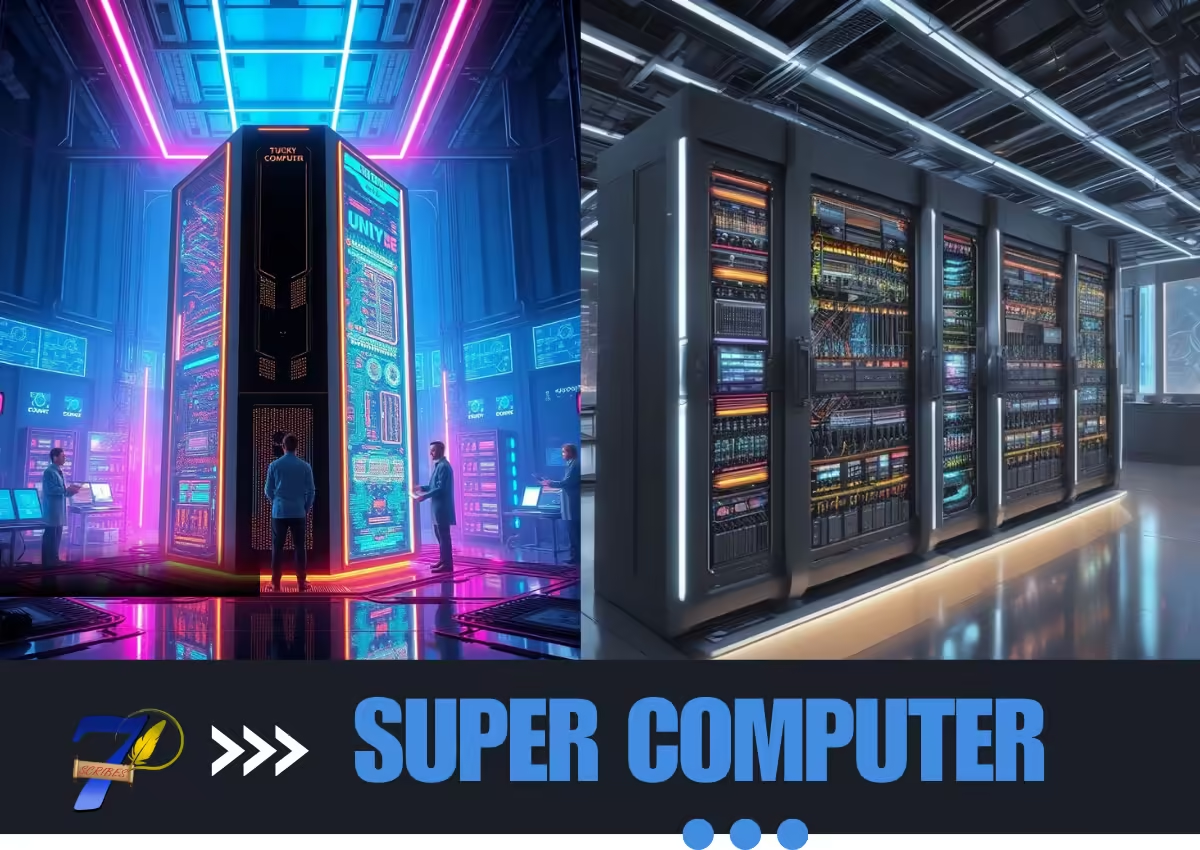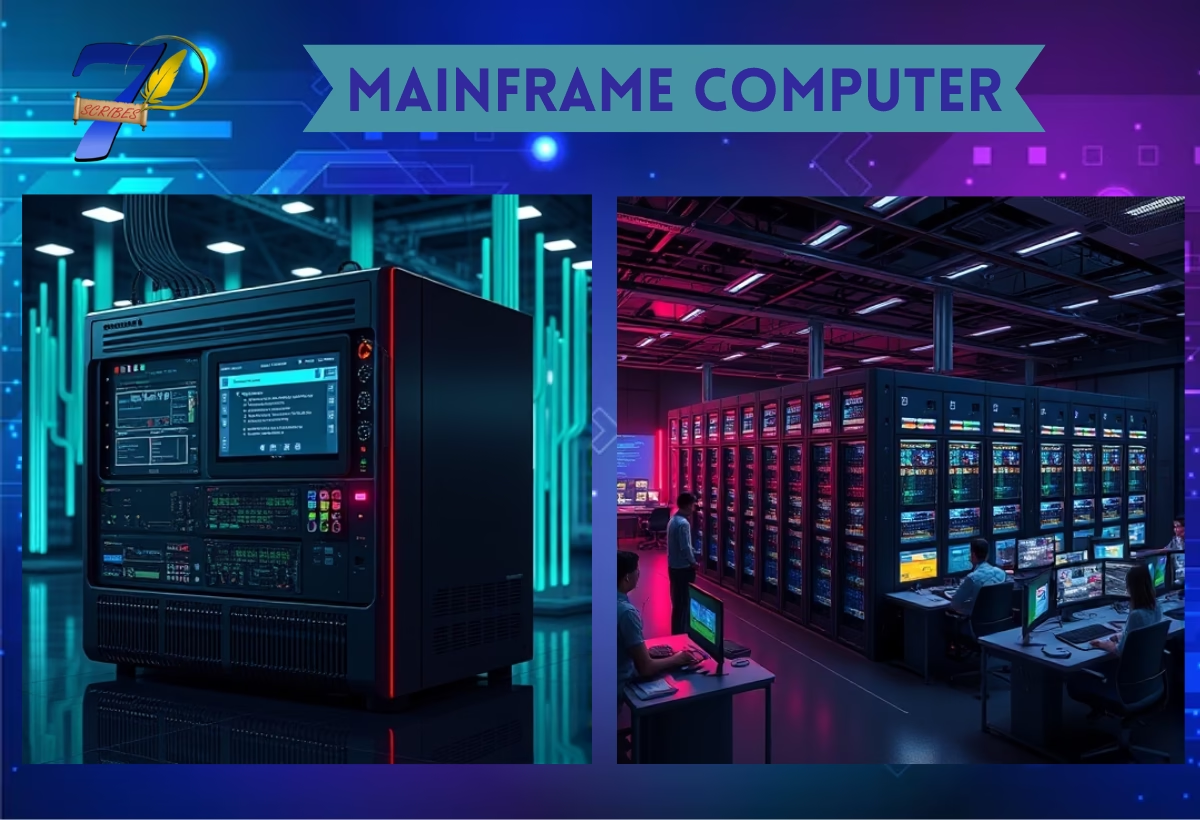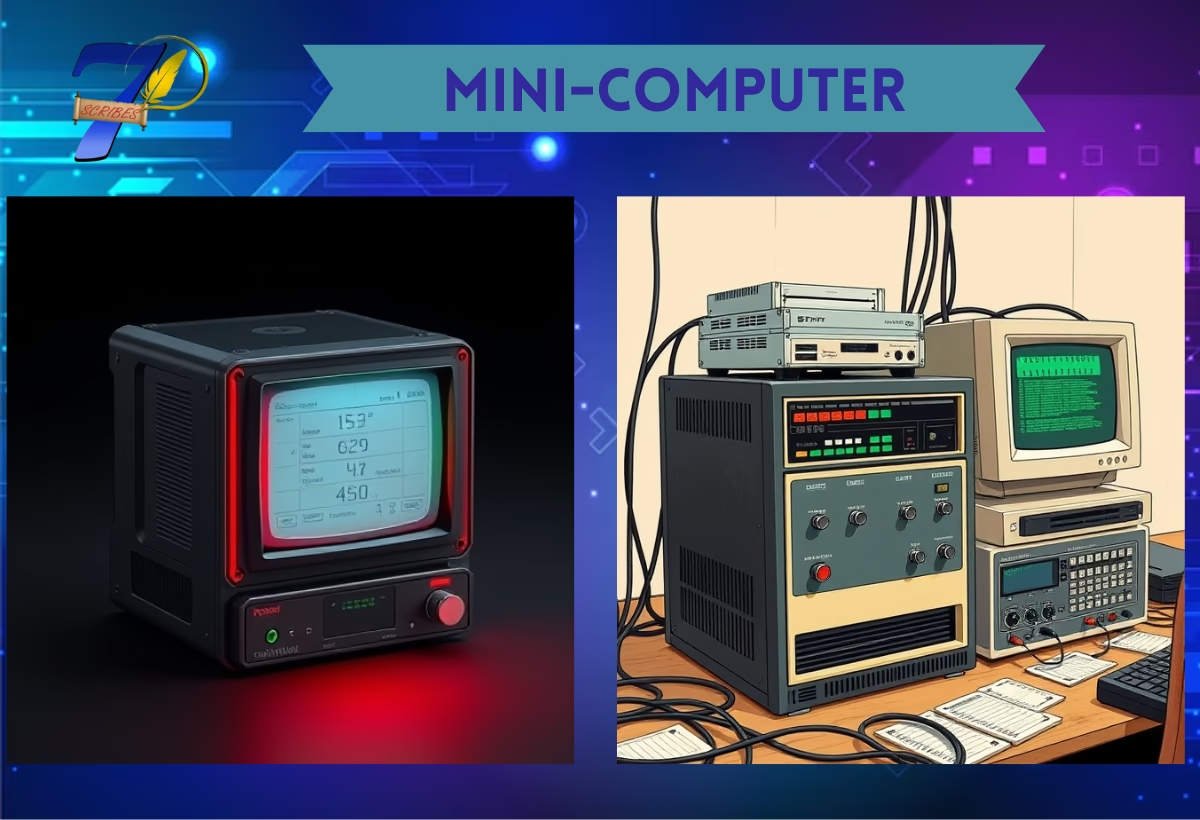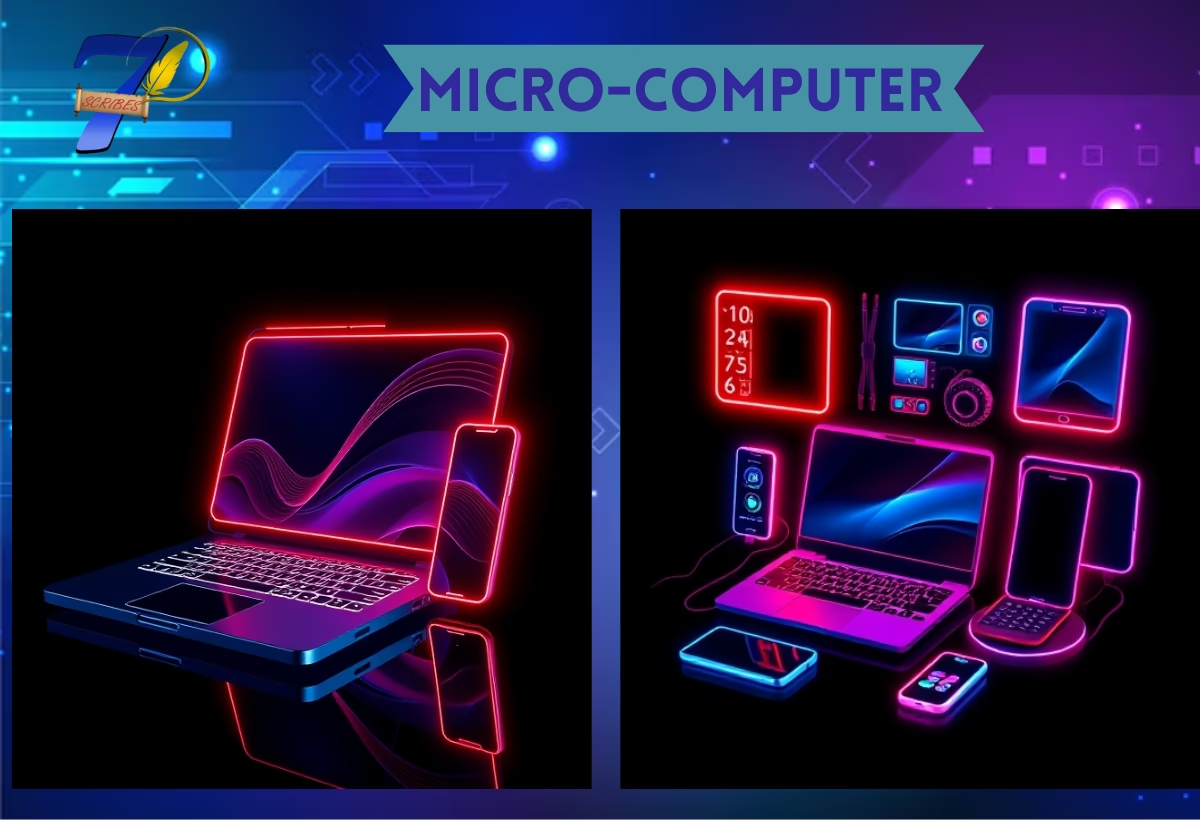With time, computers start to grow, meaning they become more innovative, efficient, speedy in processing, compact, and available for commercial use. In this article, we are going to discuss the division of computers in terms of speed, size, cost, and purpose of use. Later, we already discussed the history of computers and generations of computers. But in this article, we will discuss the history of computers in terms of their size, cost, and speed.
Click Below:
User-State Computer:
The following major types of computers are divided based on cost, speed, purpose, and number of users. There are computer and multi-user computers, let’s shortly discuss the single and multi-user states:
Single User Computer:
The basic definition is that any computer that is designed to be used for only a single person is called a single-user computer. In a single-user state, there is only one device or node (computer) that serves only one user at a time. It cannot be used by more than one person at a time. It has low processing power, less storage, and is less efficient as compared to a multi-user state. It is generally, used for personal working, for example, a personal computer (PC).
Multi-User Computer:
The general definition is that any computer that is designed to support and serve multiple users at a time is called a multi-user computer. In multi-user, there are many devices or users and multi-user computers serve each one at a time. It is used in large organizations where several people are working and continuously communicating with the computer. It has high processing power, high storage, and is more efficient than the single-user computer.
History of Computer, Major Division of Computers:
Let’s discuss the Major Divisions of computers:
The supercomputer is the world’s most powerful, high-speed, high storage capacity, processing power, and efficient computer. It is designed to perform complex tasks by providing high computing power. It performs tasks such as weather forecasting, scientific research, oil and gas exploration, cryptography, automobile design, and virtual reality. It is large and can fill up two basketball courts. It is very expensive. It can process trillions of instructions per second (TIPS). It serves billions of users at a time.
Some names of supercomputers are:
- Lenorando (Italy)
- LUMI (Finland)
- Tianhe-2A (China)
- Perlmutter (US)
The picture of the Supercomputer is given below:

2. Mainframe computer:
Mainframe computers are powerful, with high processing power, and storage capacity but less powerful as compared to supercomputers. It is small in size as compared to a supercomputer but can fit in a large room. It is used in large organizations such as enterprises, banks, and large businesses where billions of users work at the same time. Its processing power is up to millions of instructions per second.
Some mainframe computers are:
- IBM Z
- FUJITSU Server GS21
- UNIVAC 9400
- IBM zSeries

3. Mini-computer
Mini computers are designed for small businesses like offices, universities, laboratories, and small enterprises. It is small in size, and less powerful than the mainframe computers. It lies between a supercomputer and a mainframe computer. In the time in the 1970s, it was used commercially. It can process millions of instructions per second and can support hundreds of users at a time. It is reliable because it is cost-effective and multitasking, and can support multiple at a time.
Examples of Minicomputers are:
- IBM System/360 Model 20
- DEC PDP-8
- Data General Nova
- HP 2100

4. Micro-computer
Microcomputer was designed for personal use. It is small in size, portable, cheap in price, and less powerful than a microcomputer. It consists of a system box, processor, mouse, keyboard, and monitor. It can handle multiple tasks at a time and run than simultaneously. It can process thousands of instructions per second. It serves one user at a time.
Example:
- Apple I (1976)
- IBM Personal Computer (PC) (1981)
- Commodore 64 (1982)
- Apple Macintosh (1984)
- Atari 400/800 (1979-1980)
- Sinclair ZX Spectrum (1982)

Read More: